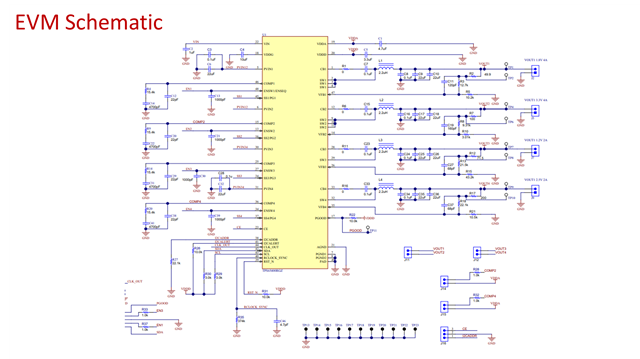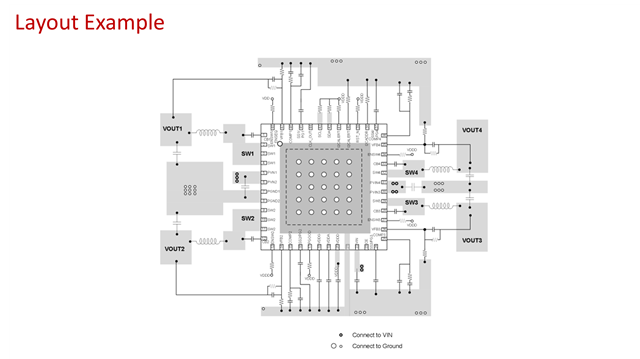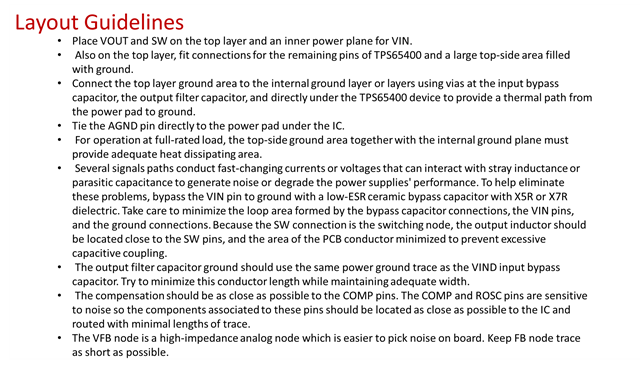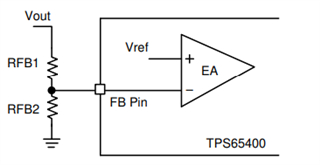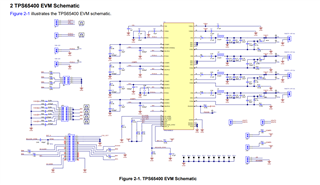At present, we use TPS65400QRGZTQ1 chip, the input is 5V, and the output voltage is 4, respectively
1.8V@2.5A max
1.1V@2.5A max
3.3V@2.5A max
3.3V@400mA max
I am currently designing the schematic for T-Box products used in automobiles. I hope someone can guide me. Thank you
-
Ask a related question
What is a related question?A related question is a question created from another question. When the related question is created, it will be automatically linked to the original question.


